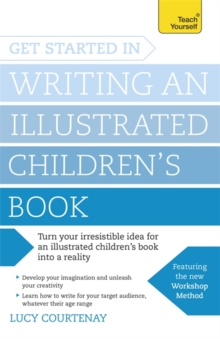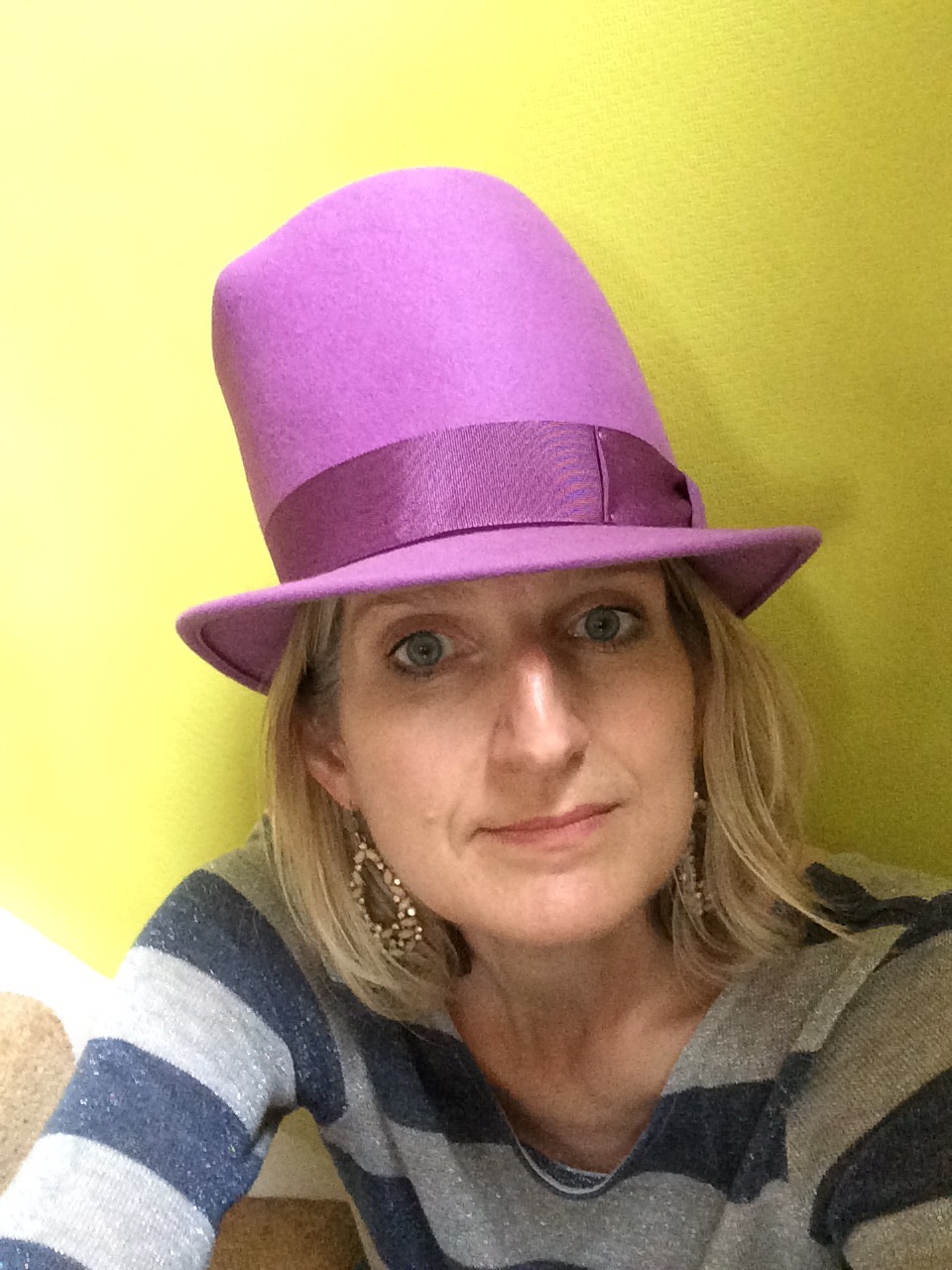‘A parent saw a child drawing a horse, and it was purple. The parent asked the child, “Why are you drawing a purple horse? I’ve never seen purple horses.” To which the child replied, “How sad for you.”’ - Anon

Can you picture a purple horse? If you are still in touch with the child that you once were, then you should be able to summon one to mind without too much difficulty. If you can’t – if childhood feels too long ago, too fuzzy, not much missed – don’t despair. I'm here to help you find your way back to a place where life was simple yet wonderfully mysterious at the same time.
Children see things differently from adults. They have less knowledge on which to draw, by which to make comparisons, through which to understand the world. They make sense of life via their own experience. They know the colour purple. They recognise a horse. Their logic leads them to conclude that a purple horse is an interesting possibility, worth exploring with a felt-tip pen. To write successfully for children, you need to be open to seeing the world afresh in this way, like you did when you were a child yourself. Once you have mastered this, the possibilities are wide-ranging.
Three- to seven-year-olds love picture books enhanced by a few well chosen words. Picture books are perhaps the books that you think of when you think of children’s books: large format, full-colour illustrations, shiny cover and an extent of around 32 pages. Early readers between the ages of five and eight are getting more adventurous, but find pages of unbroken text off-putting and need pictures to comfort and explain as they progress along the great highway towards full literacy. Even fully fledged readers from eight onwards appreciate a little illustration to propel them along, to open windows on a plotline and lend a story a few more angles. As the only illustration in the original editions, I pored over the Hogwarts crest at the start of the original-edition Harry Potter books, translated the motto, used it as a key to unlock a fresh dimension to the story – and I was somewhat older than the intended audience.

Which area is for you? Are you a rare breed like Oliver Jeffers, a writer/illustrator who shot to the top of the ‘slushpile’ – that toppling heap of unsolicited manuscripts that all too often sit unconsidered beneath an editor’s desk – with his picture book How to Catch a Star to win prizes and accolades all over the world? Is rhyme your thing, or comedy, or drama? This course is your chance to try on the different categories of illustrated children’s books for size, see how they sit alongside your own writing ambitions, and get a feel for the kind of writer that you would like to be.
Many people argue that talent can’t be taught, no matter how much exercise and daily practice you throw at it. While it’s true that you can’t create talent, you can improve on whatever talent you possess. Creating children’s stories is a craft. It’s like pottery but not as messy, or painting but marginally less colourful. With practice, you can improve. You may not become the next Clarice Cliff through your pottery class, but your pots might stand up where before they flopped sadly to one side. The chances of being the next Pablo Picasso aren't enhanced by attending art classes, but you’re more likely, through practice, to produce something you’d be happy to frame and hang in your own kitchen.
Too often, children’s authors suffer the indignity of being asked when they are going to write proper books. Children’s books are proper books, and they deserve proper attention. Children might be different from adults, but they are not stupid. Remember how it took a child to unmask the idiocy of the Emperor and his court in Hans Christian Andersen’s The Emperor’s New Clothes? Children know when a book is good, and they will tell you when a book is bad. Their favourites will be read and read again until they fall apart and have to be stuck back together with glue and staples. It’s a marvellous fate, and something for all children’s writers to aspire to.
So come on. Those purple horses are just over the horizon. Let’s go round ’em up.
Author Lucy Courtenay has been writing children’s books for nearly 20 years and has written series and standalone fiction for children of all ages. She is also a freelance editor of children’s fiction, a literary consultant and the author of Get Started In Writing an Illustrated Children’s Book. You can visit her website here , follow her on Twitter, Facebook and find her on Instagram as @lucycourtenayauthor.
Comments